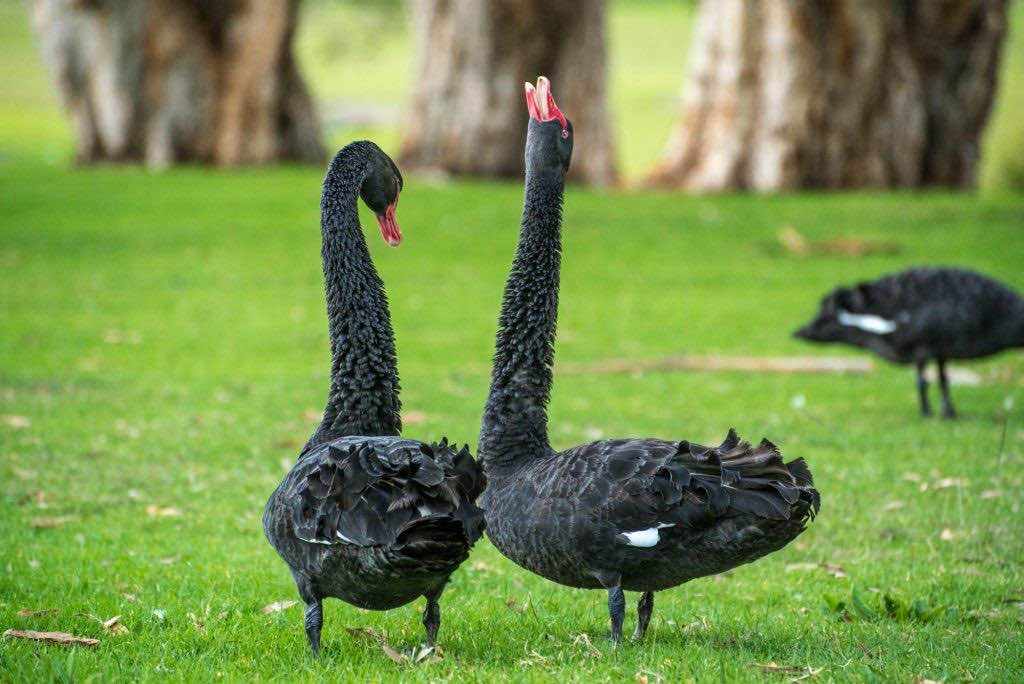Trader and author Nassim Nicholas Taleb created the black swan theory of events as a metaphor to name an event that happens far outside the normal distribution of deviations from the mean and looks like a fat tail outside a normal bell curve. The term comes from how people thought all swans were white until they saw their first black swan. All it takes is one black swan to crush the theory that all swans are white.
A black swan event has three elements:
1. It is a surprise that almost no one thought was going to happen.
2. It has a major effect on markets, a nation, or the economy, etc.
3. People that did not see it coming then try to explain it rationally in hindsight.
Taleb created the theory to help explain:
- How big the impact of large rare and hard to predict events are on science, markets, finance, and history.
- Why normal calculations of the probability of events don’t include the possibility of the magnitude of rare improbable events.
- How blind people can become by cognitive biases to the scope of uncertainty and risk that anything can happen.

In Taleb’s book ‘The Black Swan” he explains how improbable events in the markets can lead to the blow up of trader’s that think that markets stay inside a normal distribution of price action. He shows how not having an open mind to the potential of anything happening can lead to taking on too much risk that destroys a trader when a black swan event happens.
Tuyên bố miễn trừ trách nhiệm: Quan điểm được trình bày hoàn toàn là của tác giả và không đại diện cho quan điểm chính thức của Followme. Followme không chịu trách nhiệm về tính chính xác, đầy đủ hoặc độ tin cậy của thông tin được cung cấp và không chịu trách nhiệm cho bất kỳ hành động nào được thực hiện dựa trên nội dung, trừ khi được nêu rõ bằng văn bản.

Để lại tin nhắn của bạn ngay bây giờ